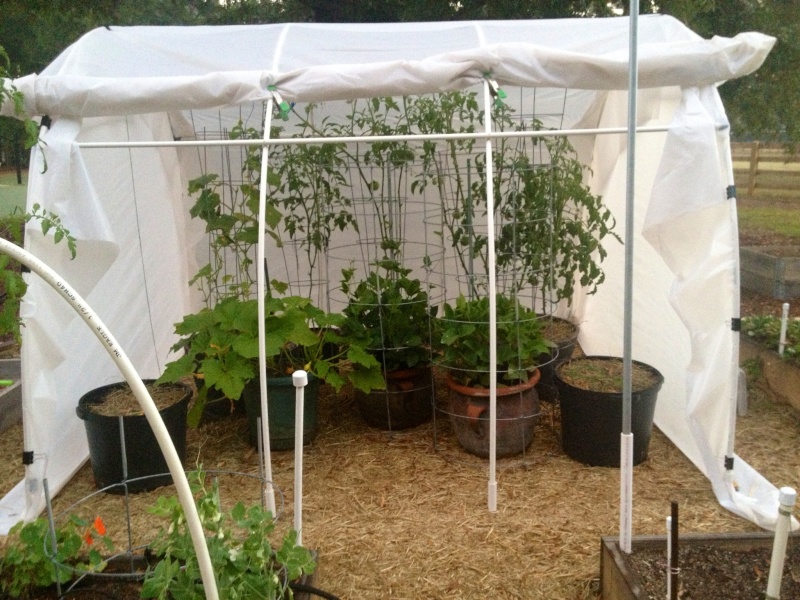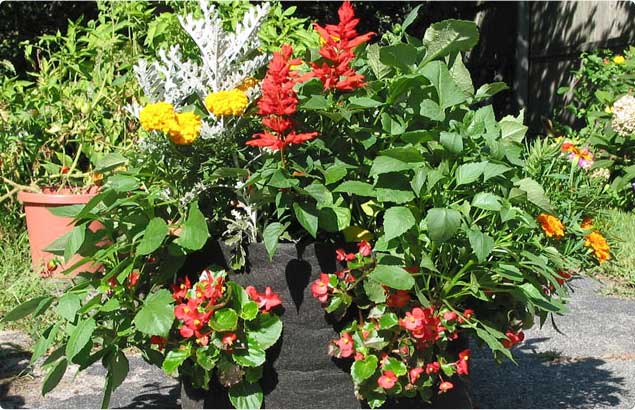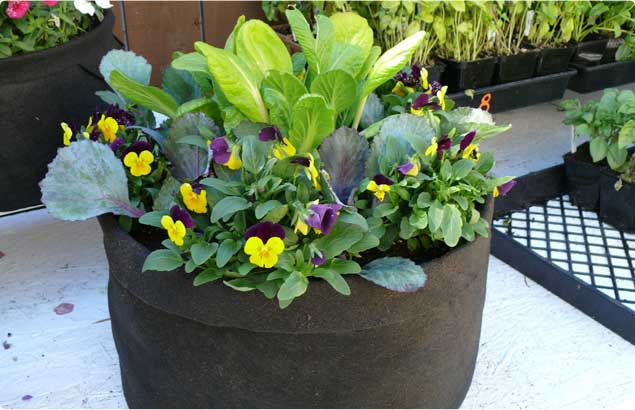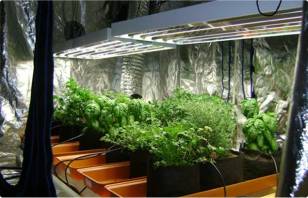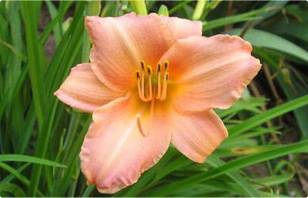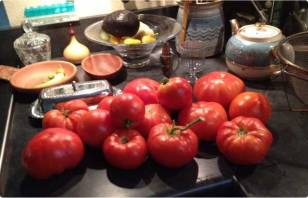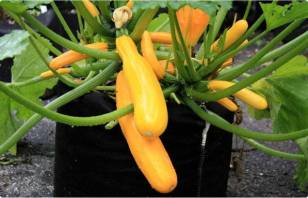7 Ways to Beat the Elements
Everybody knows the feeling– just as your tomatoes are looking great, a hail storm batters them. Weather is certainly one of the greatest factors influencing gardening success, and while we can’t control it, we can mitigate the damage at times by trying one of these methods to protect plants from the effects of extreme weather.
1. Think ahead. When you are locating your gardens and containers, spend some time determining sun and shade patterns in your yard. Know that you are placing the right plant in the right place to get your best results. Be sure sun lovers get enough sun and shady lovers are protected from the intense rays that can cause burns on the leaves and other damage.
2. Determine your prevailing winds. Just like watching your sun and shade patterns, be sure to research and observe your prevailing winds. Offer your plants some protection from frigid north winds early in the season, and hot drying winds in the summer. Look for places in your yard that might serve as a bit of a wind break like shrubs or along the sides of fences or buildings.
3. Move your containers. One big advantage of container planting is the ability to relocate them to shelter in the event of bad weather. Fabric pots are especially good in this regard because the containers are very light weight and durable.
4. Get creative with ways to protect your plants. Even putting a picnic table or chair over them will deflect lots of wind, rain and hail. Other ideas include inverting a large container, basket or trash can over the plant or planter. Be sure to weight these with something heavy like a brick or a piece of flagstone so the wind doesn’t blow it off causing further damage.
5. Secure the area. A well secured umbrella can help in a less severe rain storm. One peony nursery in Connecticut makes a practice of putting Chinese paper umbrellas over their blossoms. Even a fairly gentle spring storm can cause these beauties to shed their petals prematurely.
6. Build a mini hoop house. PVC pipe can be bent and stuck into the ground to provide a structure to attach a tarp or sheet to. Use binder clips to secure the covering to the PVC. This comes in handy if you want to get an early start by planting a covering with a translucent plastic, and as a way to secure shade cloth to protect your plants from harsh summer sun. A little investment and energy in this method can provide a win-win.
7. Use a light covering. Protect your plants from an early temperature drop in the spring or the fall with a light covering. Blankets, towels, sheets or horticultural frost blankets can be draped over tender flowers and crops and will do a great job protecting from an unseasonal evening low.
Don’t despair. There are times when even your best efforts will be bested by Mother Nature. One great thing about gardening is that you can always try again.
